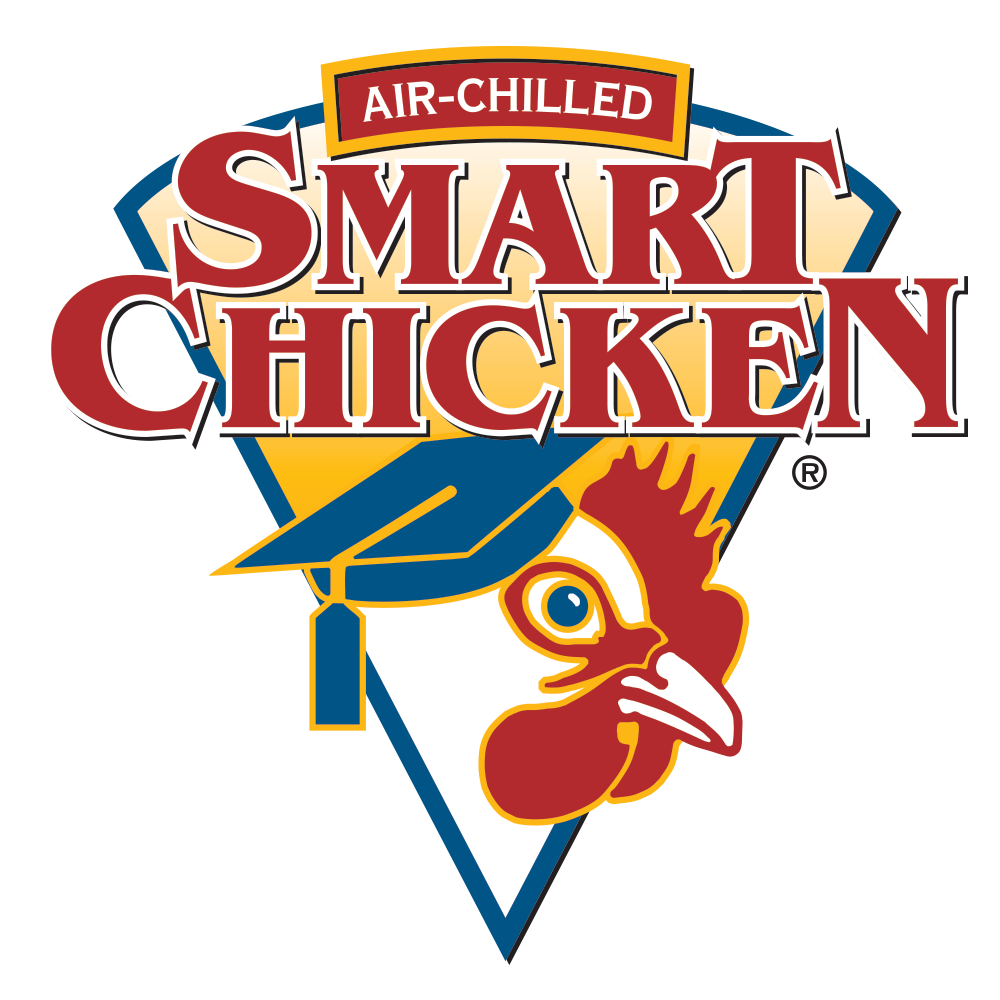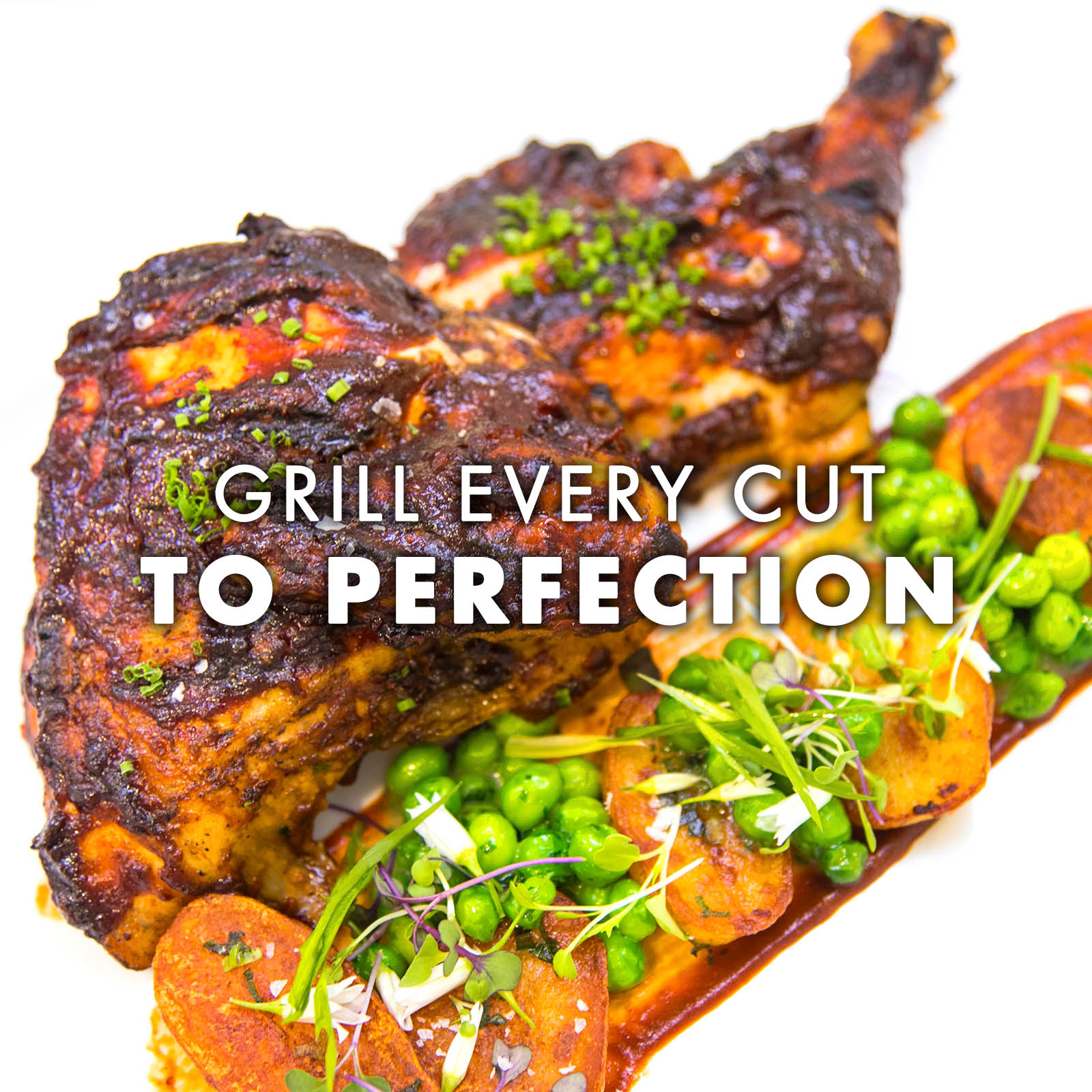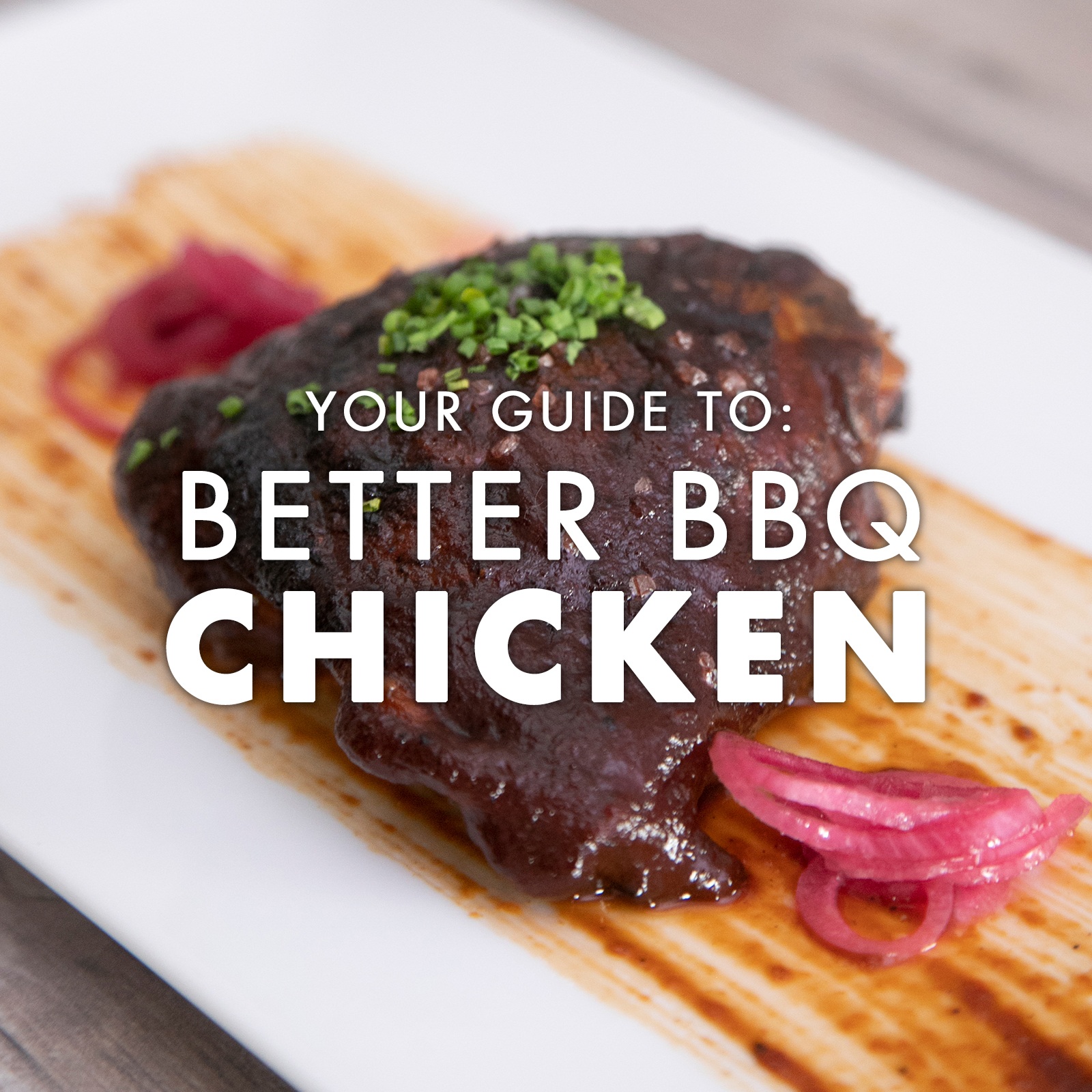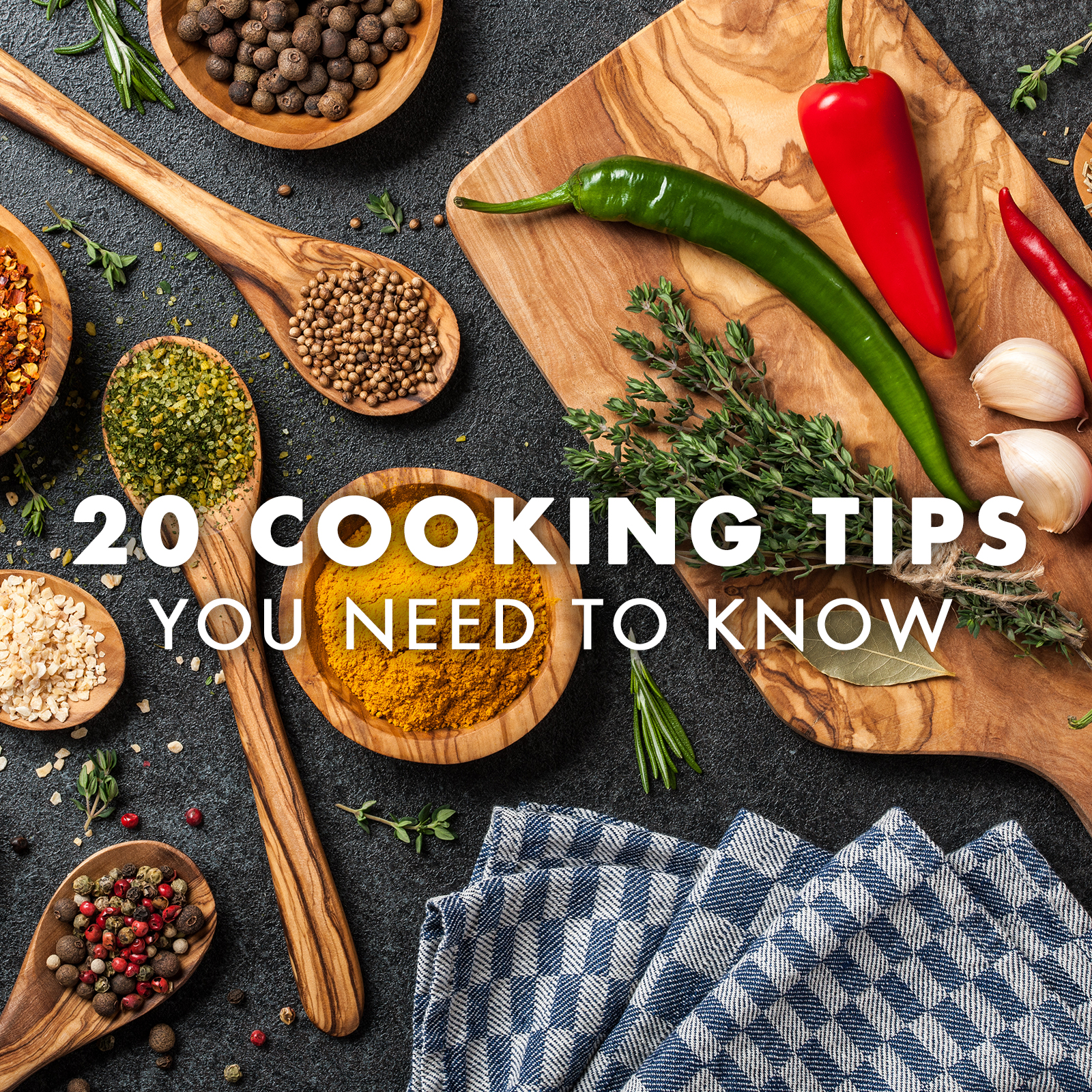How to Shop For, Prepare, Cook and Store Smart Chicken
Shop for chicken last at the store, and transfer it to the refrigerator or freezer immediately when you get home. The best by/use by/sell by date on the package all refer to the expiration date, meaning the product should be cooked or frozen by the indicated date on the package. If the fresh chicken is past the expiration date indicated on the package, and there is a strong odor, that is usually a good indication that the product has or is going bad.
Chicken can be frozen in its original packaging, but over time its quality will diminish. For prolonged storage, place the package in a freezer bag and push the air out before sealing. Whole, uncooked chicken will keep for up to 12 months, uncooked pieces for nine months, and cooked chicken for four months. Chicken is still safe to eat after these times, but its quality won’t be reliable.
Thawing
There are three ways to safely thaw frozen chicken: in the refrigerator, in cold water, or in the microwave. Never thaw chicken on the counter, as it increases the risk of bacteria forming. The best option is in the refrigerator—even though it takes the most time. (Depending on the cut, it can take as long as one to two days to thaw in the refrigerator.) Sometimes dinner plans change; you can safely store the thawed chicken in the refrigerator for one to two additional days before cooking or refreezing.
Chicken thawed in cold water or in the microwave should be cooked immediately after thawing, and cannot be refrozen until it’s cooked thoroughly to 165°F. When using cold water to thaw, chicken should be in a leak-proof package or plastic bag to prevent it from absorbing water or bacteria. Submerge in cold tap water, and change the water every 30 minutes until the chicken is thawed. Chicken thawed in the microwave should be cooked immediately, as the meat often begins to cook during thawing.
Prepping
Never rinse poultry. Washing your chicken will not remove bacteria and, in fact, will spread bacteria to other areas of the kitchen, including the sink, counter-tops, and any nearby foods. Always marinate chicken in the refrigerator (never on the counter!) to keep it at a safe temperature, and don’t reuse marinade from raw chicken on cooked chicken. The same is true with plates, tools, and utensils; never use plates or utensils used for raw chicken on cooked chicken without first being washed with warm water and soap.
Cooking—Always Cook Chicken to an Internal Temperature of 165°F
Because Smart Chicken is pure air-chilled, it cooks faster than what you might come to expect from chicken. An instant-read thermometer inserted into the thickest part of the cut is the most accurate way to gauge temperature. Always cook chicken to an internal temperature of 165°F. When cooking outdoors, move chicken to a warm spot on the grill (or wrap it in foil to retain heat) so the chicken’s temperature stays out of the danger zone until you’re ready to eat. Keep cold dishes, like chicken salad, chilled as long as possible, then serve them in their container atop ice so they remain cold.
Storing Leftovers
Chicken, like other perishable items, should only be left at room temperature for a short period of time, even after cooking. Refrigerate leftovers no more than two hours after cooking. When eating outdoors, refrigerate leftovers after no more than an hour when outdoor temps are 90 degrees Fahrenheit or above. When stored properly, leftovers are safe to eat for two to three days.






